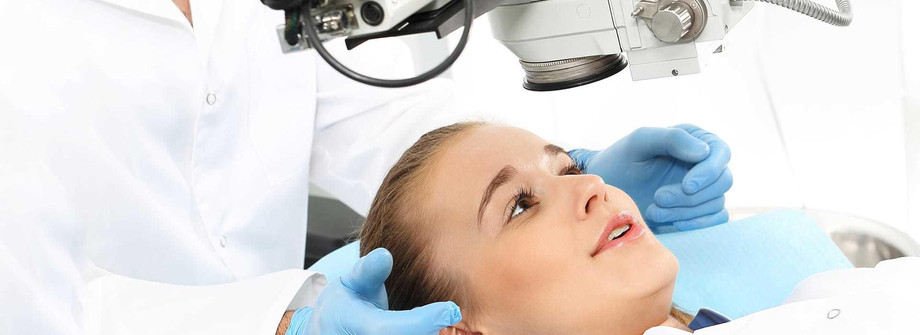Cataracts are a common age-related eye condition that affects millions of people worldwide. They cause the lens of the eye to become cloudy, leading to blurred vision and reduced visual acuity. Cataracts can significantly impact daily activities and quality of life. Fortunately, cataract surgery is a safe and effective procedure that offers patients the opportunity to regain clarity and restore their vision. In this article, we will delve into the details of cataract surgery, its benefits, and what patients can expect from this life-changing procedure.
Understanding Cataracts:
Cataracts develop when proteins in the lens of the eye begin to clump together, clouding the normally clear lens. This clouding interferes with the passage of light through the eye, resulting in vision impairment. Cataracts often progress slowly and may initially cause minor visual disturbances. However, as they advance, they can cause significant vision loss and even lead to blindness if left untreated.
Indications for Cataract Surgery:
Cataract surgery becomes necessary when the visual impairment caused by cataracts starts to interfere with a person's daily activities and quality of life. Common indications for cataract surgery include:
Blurred or Cloudy Vision:
The most noticeable symptom of cataracts is blurred or cloudy vision, making it challenging to read, drive, or perform everyday tasks.
Difficulty with Night Vision:
Cataracts can cause increased sensitivity to glare and difficulty seeing at night, making nighttime driving dangerous.
Frequent Changes in Prescription Glasses:
As cataracts progress, changes in eyeglass prescriptions may occur frequently, but they may not provide adequate visual improvement.
Reduced Color Perception:
Colors may appear faded or less vibrant with advanced cataracts.
Halos and Glare:
Patients may experience halos around lights and increased sensitivity to glare.
Cataract Surgery Procedure:
Cataract surgery is typically an outpatient procedure performed by an ophthalmologist, a medical doctor specialized in eye care. The surgery is generally quick, lasting around 15 to 30 minutes, and is performed one eye at a time with a few weeks' interval between surgeries.
Anesthesia:
Before the surgery, the eye is numbed using eye drops or a local anesthetic to ensure the patient's comfort throughout the procedure.
Lens Removal:
During the surgery, a small incision is made in the cornea, the clear front part of the eye. A tiny instrument, called a phacoemulsifier, is used to break up the cloudy lens into small fragments and remove them through the incision.
Artificial Lens Implantation:
Once the cataract is removed, an intraocular lens (IOL) is inserted into the eye to replace the natural lens. The IOL remains permanently in place and helps to focus light onto the retina, restoring clear vision.
Closing the Incision:
The incision is typically self-sealing and does not require stitches. It heals on its own over time.
Types of Intraocular Lenses (IOLs):
There are different types of IOLs available to suit individual patient needs and lifestyle preferences:
Monofocal IOLs:
These lenses provide clear vision at a single focal point, either up close or at a distance. Patients may still need glasses for certain tasks, such as reading or driving.
Multifocal IOLs:
Multifocal lenses provide clear vision at multiple distances, reducing the need for glasses for various activities.
Toric IOLs:
Toric lenses are designed to correct astigmatism, in addition to addressing cataracts.
Accommodating IOLs:
These lenses are designed to move and adjust focus as the eye's natural lens does, providing a more seamless transition between distances.
Benefits of Cataract Surgery:
Cataract surgery offers numerous benefits that extend beyond improved vision:
Enhanced Vision:
Cataract surgery can dramatically improve vision clarity and acuity, allowing patients to see the world more clearly.
Increased Independence:
Restored vision enables patients to regain their independence and carry out daily activities without assistance.
Improved Quality of Life:
With improved vision, patients often experience a significant improvement in their overall quality of life, enjoying hobbies, reading, and engaging in social activities more easily.
Long-Lasting Results:
The results of cataract surgery are typically long-lasting, offering sustained vision improvement for many years.
Recovery and Post-Operative Care:
After cataract surgery, patients are usually advised to rest briefly in a recovery area. The eye may be shielded to protect it, and patients may experience mild discomfort or itching. Eye drops are prescribed to prevent infection and promote healing. Most patients can resume normal activities within a few days, but heavy lifting and strenuous activities should be avoided for a few weeks.
For More Info:-






Comments